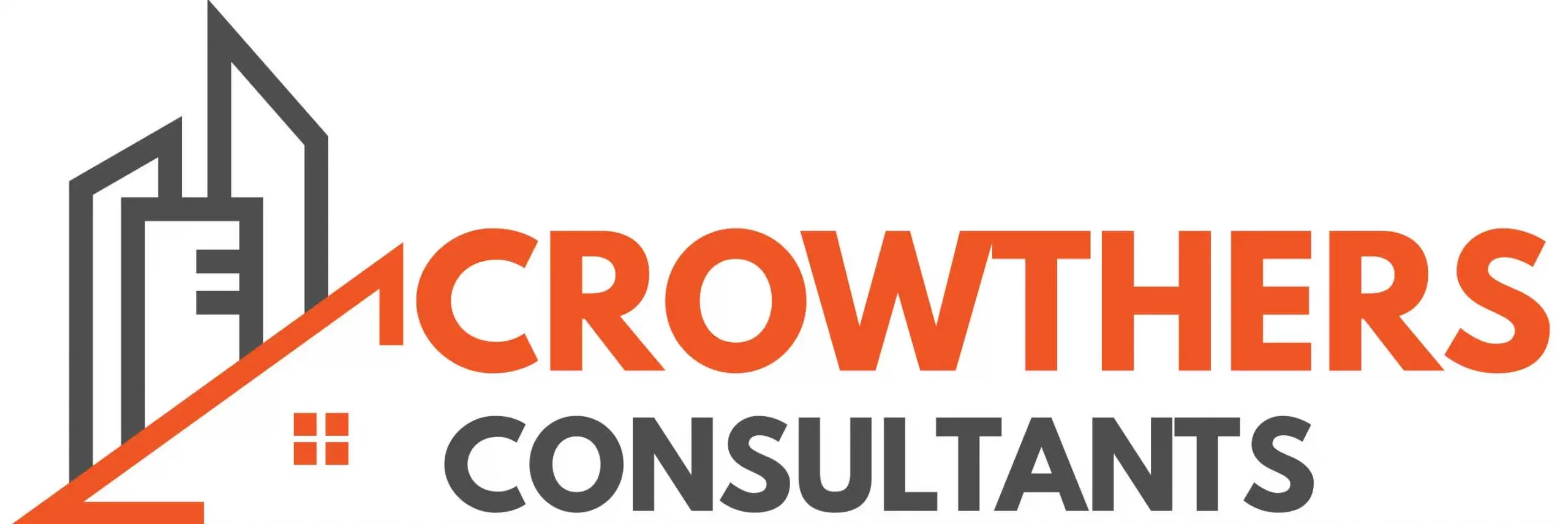If you are about to alter or extend a building or structure, thinking of putting up a new one or demolishing an existing one, then the Construction (Design and Management) Regulations 2015 place a number of specific duties on you.
The CDM regulations separates construction projects into two types – Commercial and Private – See the Regulation section for an explanation as to how your project is defined.
DO I NEED A CDM ADVISOR?
The aim of the CDM Regulations is to make Health & Safety an essential and integral part of the planning and management of projects and to make sure that everyone works together to reduce the risk to the Health & Safety of those who work on the construction side, who will use it as a place or work once it’s completed or who may maintain the building after completion or finally demolish it in the future.



